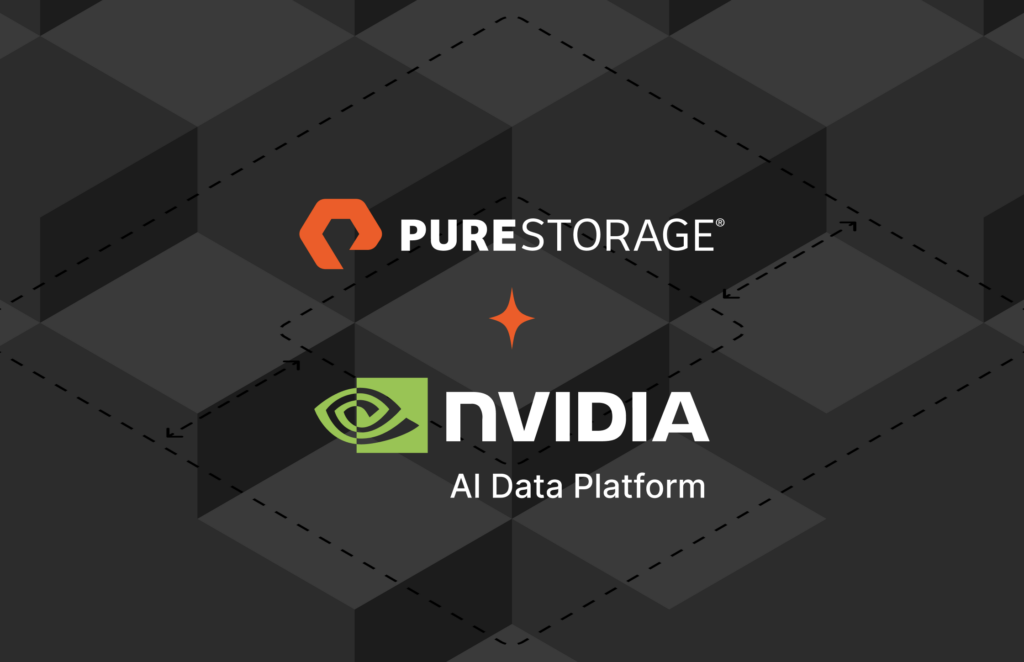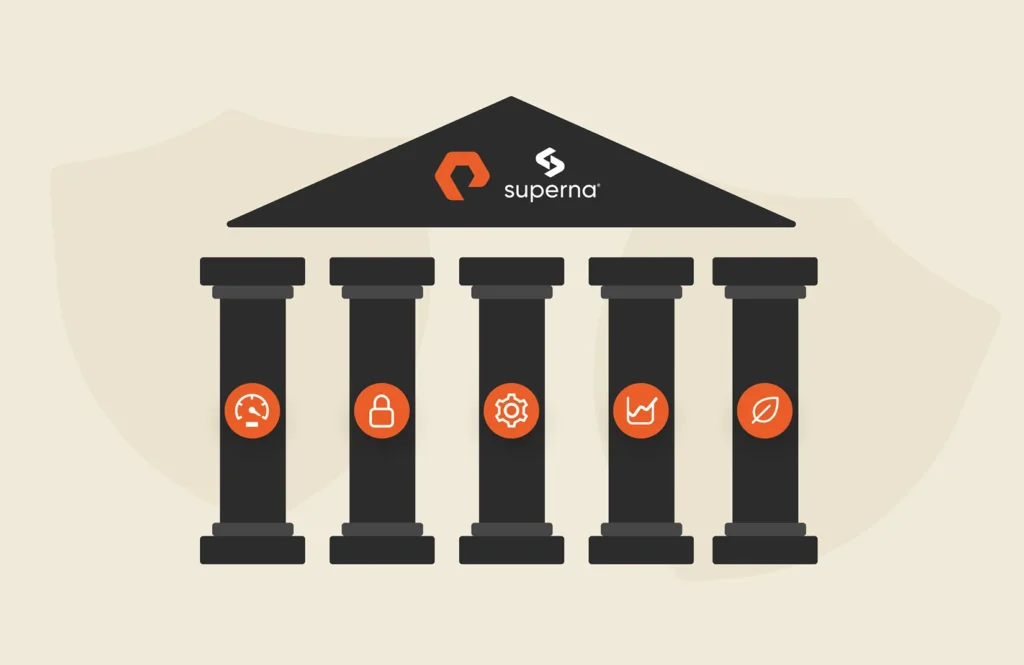This post is co-authored by Diane Saucier and Nathan Antons.
Imagine you’re a bank loan officer assessing a new online loan application. You run the usual background checks and authenticate the applicant’s credit score. Everything seems legit… until it doesn’t.
You find out that the applicant’s social security number is linked to multiple names. Erratic patterns in past borrowing history raise red flags. You then start wondering if the applicant is even a real person. And you wouldn’t be wrong.
Welcome to synthetic identity fraud—the fastest-growing financial crime. Fraudsters create “Frankenstein” identities. They combine real information such as a legitimate social security number with fictitious identity information such as a false name, address, and date of birth. They then use it to open accounts and make purchases with every intention to defraud financial institutions and government agencies.
A Perfect Storm for Financial Crimes
The global pandemic and stay-at-home orders have led to massive business disruptions. Companies have adapted to by accelerating digital transformation. Unfortunately, fraudsters are also taking advantage of the disruption and adapting their tactics. According to reports, “Frankenstein fraud” schemes cost US financial institutions between $10,000 to $15,000 per incident. Other estimates peg an annual loss to the tune of $6 billion in the US alone.
Debit-related fraud is also impacting debit issuers, financial institutions, and retailers. Payment experts report that 80% of consumers prefer to use debit cards for everyday purchases, including mobile wallet and contactless payments. In 2020, online purchases of goods and financial services increased, resulting in a significant increase in card-not-present (CNP) transactions.
Experian’s 2021 Future of Fraud Forecast outlines several approaches to fraud that could be next. These include automated attacks through script creation and credential stuffing for cyberattacks. It also includes using artificial intelligence to form “Frankenstein faces” and evade facial recognition technology.
Fraud Management and Real-Time Decisions
Fraud management and prevention are crucial to protect revenue streams, customer trust, and brand reputation. Financial organizations need to adopt a holistic approach to fraud prevention. It can be hard to balance identifying criminal behavior with providing a frictionless customer experience. Fraud management systems have to consume large volumes of data from a variety of sources to be effective. They need to analyze and discover patterns rapidly and drive real-time decisions.
So how can you manage and overcome these challenges?
A Solid IT Foundation for Fighting Fraud
The right IT infrastructure is vital not only to combat fraud but also to deliver the type of experience customers expect. With the 24×7 nature of financial services, companies need real-time analytics to see what’s going on and make quick decisions. They must rapidly sift through large volumes of transactions and other data, including pattern analysis and even social media content to spot erratic patterns.
For example, does a debit card purchase for a big-ticket item far from home fit the cardholder’s normal buying pattern? Is a restaurant charge in Paris fraudulent? Or does it line up with a recent airline ticket purchase or social media post about an upcoming trip? Having your card declined on vacation doesn’t scream customer experience.
To support these real-time needs, companies are widely adopting open source NoSQL databases. These include MongoDB, Cassandra, Couchbase, Neo4j, and others. These databases can store unstructured data and make it accessible. They have the scalability to handle large data sets without I/O processes becoming a bottleneck. That’s what makes them an ideal solution for the operational needs of fraud detection and management applications.
Modern Storage to Put Your Data to Work Anytime, Anywhere
What role does data storage play in accelerating real-time fraud detection decisions? The right storage can help you avoid bottlenecks by complementing the scalability of NoSQL databases and providing the capabilities needed for real-time data analytics.
Fraudsters are quick to identify opportunities in this new digital business landscape. Pure Storage® can help you fight fraud with a Modern Data Experience™ that delivers real-time analytics on an all-flash distributed platform. The Pure FlashBlade® unified fast file and object (UFFO) storage provides a single platform to collect and analyze unstructured data across a broad set of applications. Massive throughput removes bottlenecks so you can ingest and analyze more data in real-time. Native multiprotocol support and nondisruptive scalability help you consolidate your data and simplify infrastructure management. Furthermore, Pure’s modern data storage perfectly complements open source NoSQL databases with the speed, scale, simplicity, and resiliency your teams need.
Tap into faster data access for quicker fraud detection and better real-time decisions. And say goodbye to Frankenstein and other fraud monsters.
Learn more about Pure for open source NoSQL databases.
Learn more about Pure for data analytics.
Simplify Storage Management
Unlock the value of your firm’s data and keep it safe with a modern storage platform.









